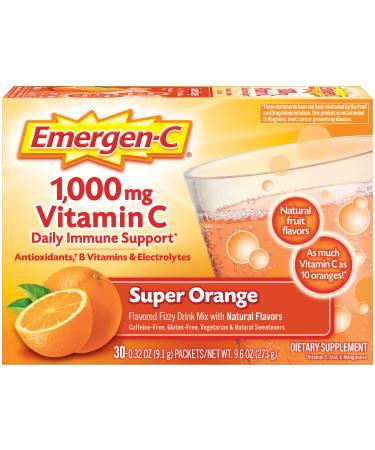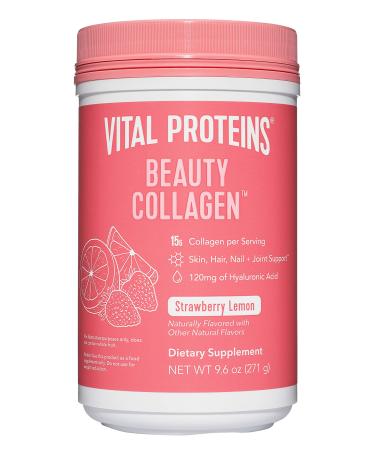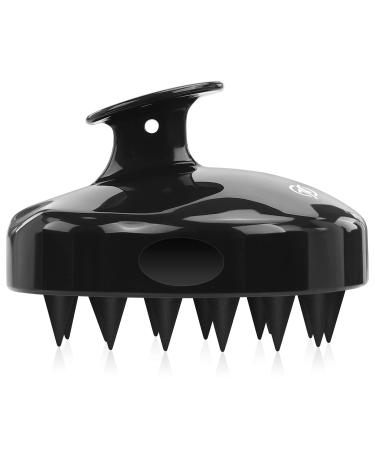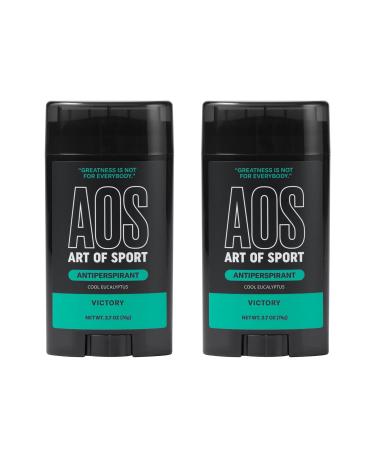The history, versatility, and viability of Rice

From Nutrition to History, Everything you need to know about Italian Rice
The quantity and quality of the nutritional content of rice varies according to the variety and the industrial process that the grains undergo. The nutritional content of brown and parboiled rice is higher than white rice for example. Brown rice that is not polished, for example, has a higher carbohydrate and protein content but fewer calories which drop down to 100 for every hundred grams of rice.
The main advantage of brown rice, however, is its high fibre content which makes it essential to the correct functioning of the intestine. Parboiled rice, on the other hand, contains more mineral salts and vitamins which are preserved inside the grains of paddy rice when they are parboiled and withstand husking and other forms of processing.
Coeliac disease is a permanent intolerance to gluten which is a protein found in oats, wheat, spelt, kamut, barley and rye… However, it is not found in rice which makes it a vital food for coeliacs (as many as 600,000 according to estimates by the Italian Association of Coeliacs even if just over 100,000 have been diagnosed so far). Since if even small quantities of gluten are eaten, this can lead to serious consequences. Although several gluten-free products have been created for this type of intolerance, rice continues to be a coeliac's best friend.
With 476 million tonnes produced worldwide in 2011, rice is the main staple food for over half of the world's population. Rice, along with other cereal grains like wheat, barley and maize, belongs to the family of Gramineae, but differs from them in the method of cultivation which takes place in a semi-aquatic environment.The plant has an annual life cycle: sown in the spring, it reaches maturity at the beginning of autumn. In countries with a particularly favourable climate, it can be harvested twice a year. Per capita rice consumption in Italy is 5 kg/year (equal to the European average consumption), and lower than that of Spain (7 kg/year). Per capita rice consumption in Laos is 170 kg/year.
One plant is grown from a single grain of rice which, at the end of the vegetative cycle, produces a series of inflorescences or panicles (just like maize) each of which can hold up to 300 grains. Its extraordinary productivity has made it a symbol of prosperity and well-being throughout the world and the subject of fascinating tales and legends.
Rice is one of the most nutritional foods that nature has given man and is the main staple food for over half of the world's population. A rich source of complex carbohydrates which give energy to the body when transformed into glucose, it has a low lipid level and its proteins have a high biological value (the FAO gives rice a protein value of 69 compared with 49 for wheat and 44 for maize).
The fact that it is highly digestible means that it is completely assimilated in sixty to one hundred minutes, much less than the amount of time needed to digest all the other cereal grains. Protein, vitamins, lipids, mineral salts, calories… discover what a plate of rice contains.
Calories 358 kcal Calories 1498 kJ Fats: 0.52 g Carbohydrates: 79.15 g Protein: 6.5 g Fiber: 2.8 g Water: 13.29 g Ash: 0.54 g
Minerals Calcium: 3 mg Sodium: 1 mg Phosphorus: 95 mg Potassium: 76 mg Iron: 4.23 mg Magnesium: 23 mg Zinc: 1.1 mg Copper: 0.21 mg Manganese: 1.037 mg Selenium: 15.1 mcg



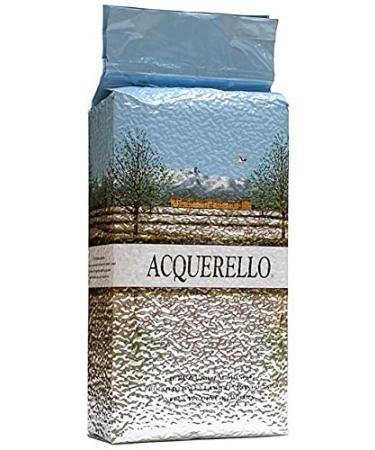
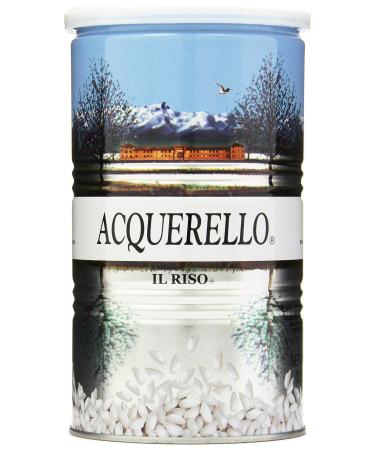
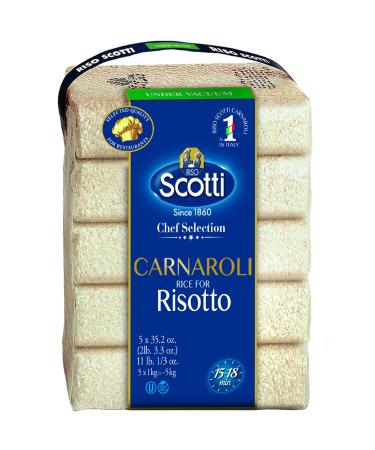

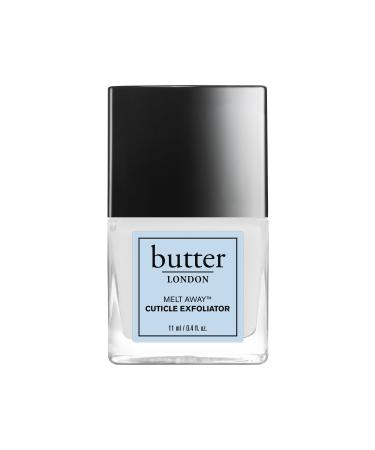
![Stewart Freeze Dried Dog Treats Made in USA [Single Ingredient Puppy and Dog Training Treats - Grain Free Natural Dog Treats] Resealable Tub to Preserve Freshness](https://www.gosupps.com/media/catalog/product/cache/25/small_image/375x450/9df78eab33525d08d6e5fb8d27136e95/6/1/61gwbbixarl._ac_sl1500_.jpg)
